H Architecture's winning proposal for the Sejong Public Housing Development
By Bustler Editors|
Monday, Dec 16, 2013
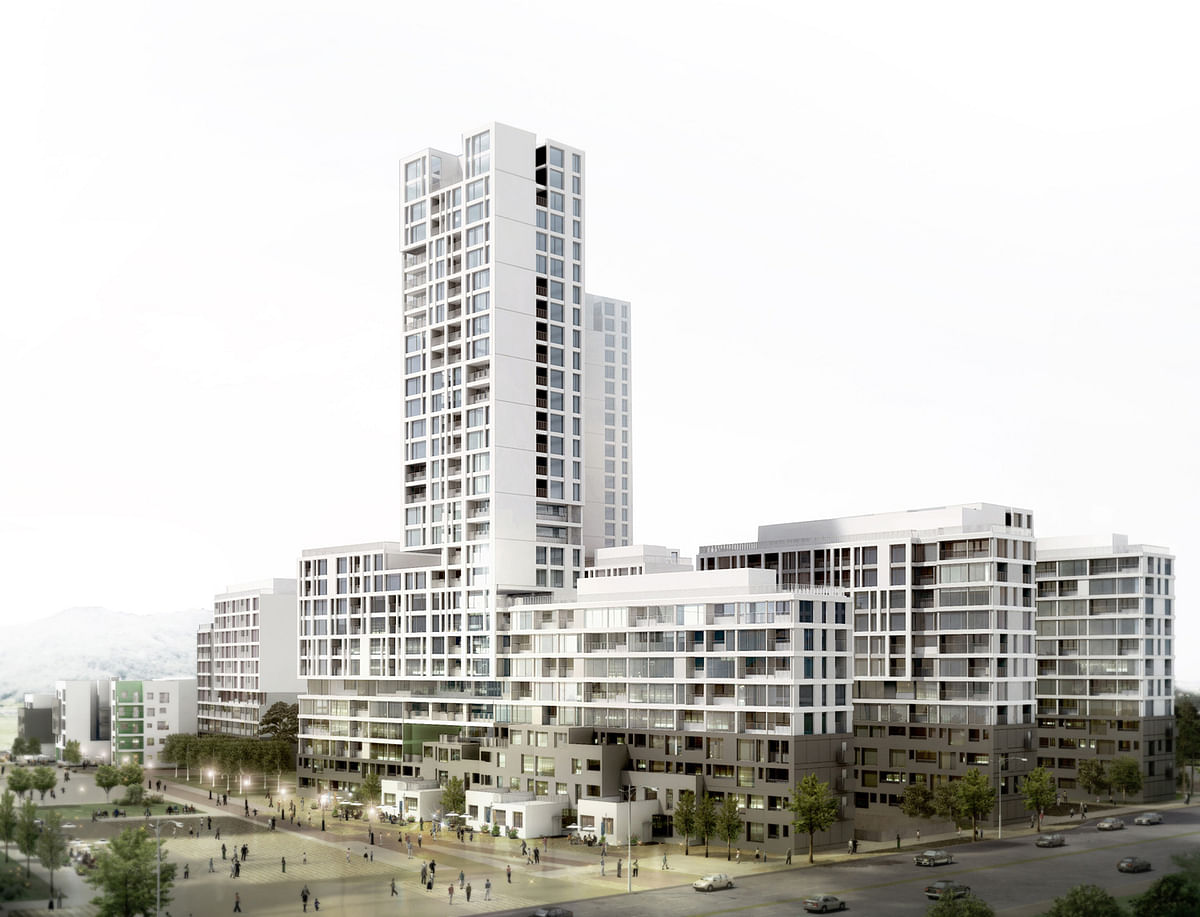
Related
New York-based H Architecture sent us their winning proposal for the Sejong 2-2 M2 Block Public Housing Development competition. In celebrating its 50-year apartment building history, the Korea Land and Housing Corporation opened a call for ideas for its new 77,000m2 housing development in Sejong City, South Korea.
H Architecture's proposal revolves around an open, versatile "not-to-define" concept as a response to the typical rigid approach of public housing design.
Project description:
"Instead of planning the complex with rigid functions, H Architecture’s proposal pursues minimum set-up for living which allows the residents to freely choose and even create their own place and community. The project focuses on fulfilling three main strategies, i.e., providing interactive connection between streets and the complex, creating multiple community spaces distributed along pathways, and developing adaptable buildings and unit layouts."
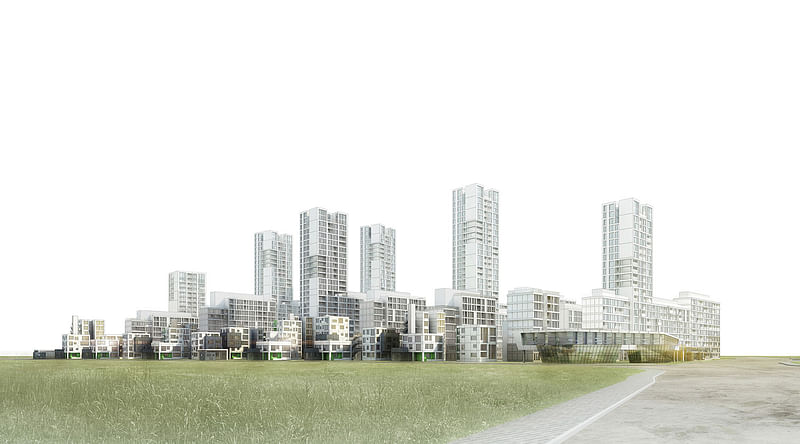
"Due to a common notion that views housing complex as its residents’ property, site perimeters conventionally have been defined with physical boundaries like fence or landscape to mark the ownership. As the first step to open the complex to surrounding communities, western and southern borders of the site are designed as the main pedestrian pathway to infiltrate the streets into the complex."
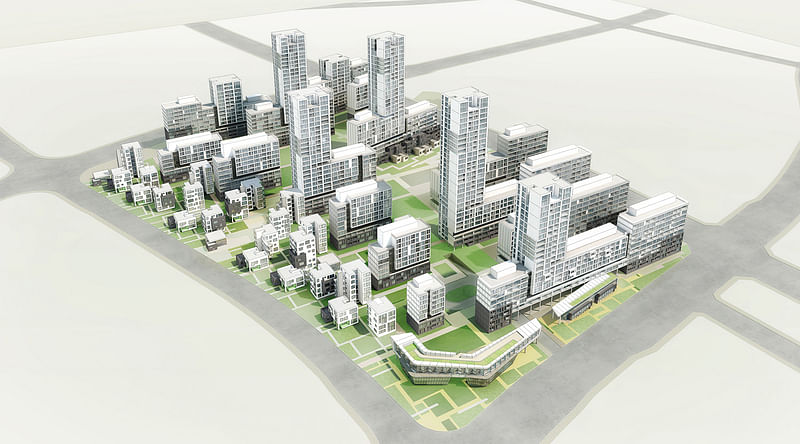
"This also complies with the city’s master plan that designated southwest corner of the site as a “co-care community center” to serve the expanded communities in the four neighborhood blocks, including the project site, M2 block."
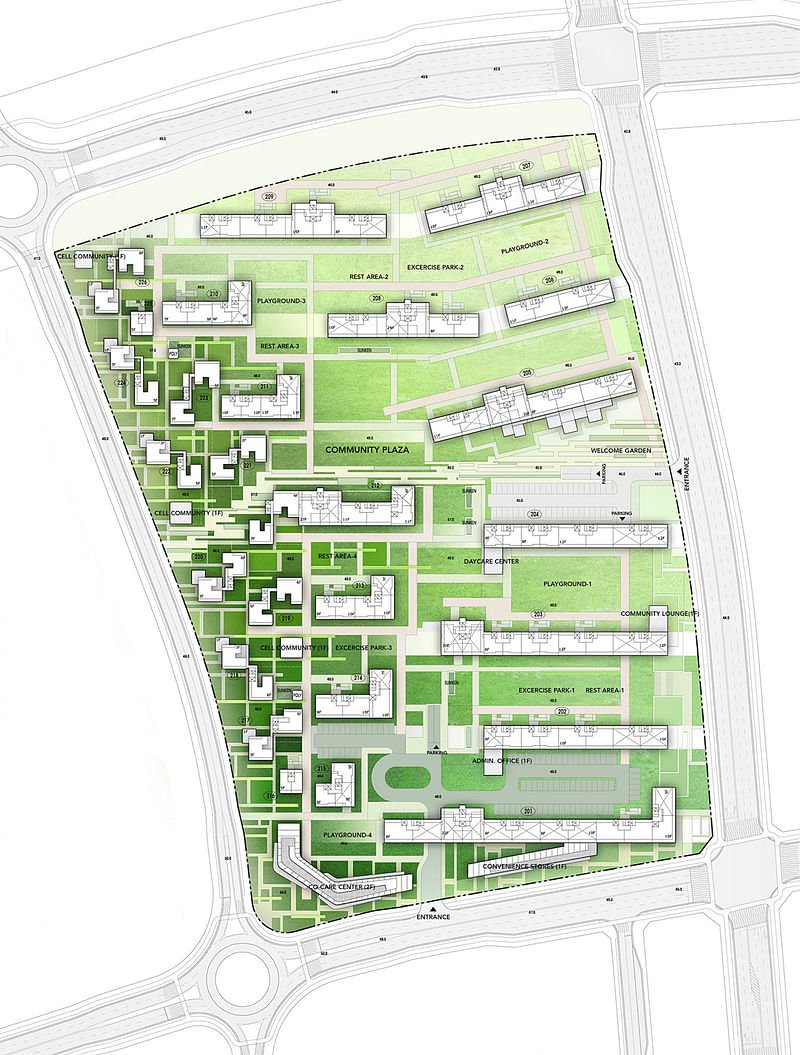
"The proposed scheme deploys low-density housings of 2 to 6 stories high along the main pedestrian pathway. These create a number of alleys that are connected to small, intimate community spaces. Passing through these alleys and open spaces between the buildings, residents and visitors alike will enjoy lively pedestrian walks where they can encounter various social scenes and activities. The staggered building placements will contribute to public safety and security, encouraging self-policing community."

"Instead of designing individual paths and outdoor spaces with isolated functions, the proposed scheme focuses on inducing social interactions through a series of linked open space. These open spaces vary in sizes from 10 m² to 1,000 m² to accommodate various social events."
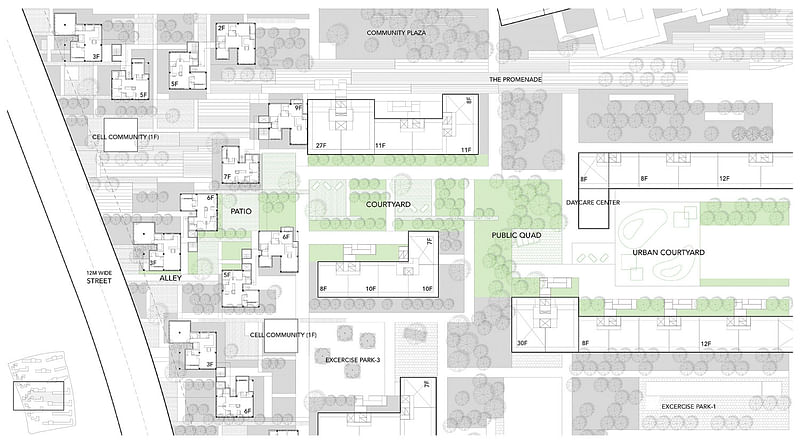
"Along the pathways, buildings with various scales become backdrops of dynamic streetscape. Buildings vary from 2-story house to 30-story tower, and are deliberately scattered to complete the continuous link of outdoor spaces. Pilotis, sunkens, and bridges tie buildings and community spaces."

"In order to equip the buildings and units to be versatile and changeable, the scheme adopts creative structural system for maximum flexibility. Shear wall structure that was traditionally favored in Korean apartments had limitations in responding to the diversified family types and their changing needs. Replacing the typical shear wall structure with uniquely engineered frame structures frees the unit layout, allowing for various interior spaces."
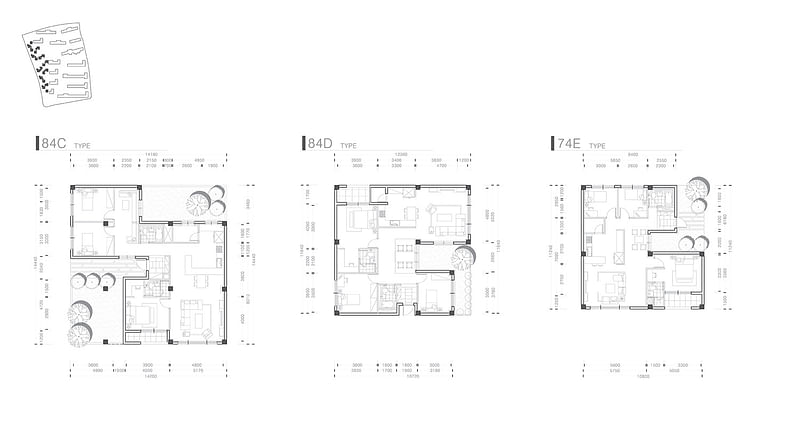
"Units on the ground level are designed so that each resident can extend his or her space to outdoor areas through private gardens and yards. Some rooftops are stepped to provide individual decks or terraces in similar ways, depending on the resident’s needs. "

"By introducing precast exterior wall systems, building elevations easily reflect the diversity of unit types, creating dynamic façades across the complex. The system allows the residents to express their tastes and characters by choice."

"Responsive to a variety of current residents’ needs and prepared for the future demands and trends, the housing community in the M2 block of Sejong City will continue to grow, adapt, and transform."

Project details:
Collaborated with Haeahn Architecture
Location: Sejong City, Korea
Client: Korea Land and Housing Corporation (LH)
Building Type: Residential
Land Area: 76,879 m2
Building Area: 17,734 m2
Number of Units: 1,180 units
Project Date: August 2013
Award in Competition: 1st Place
Click the thumbnails below to see more diagrams.



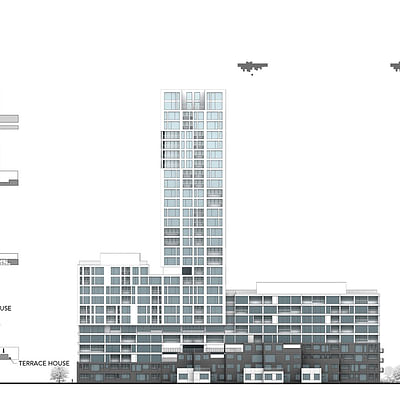
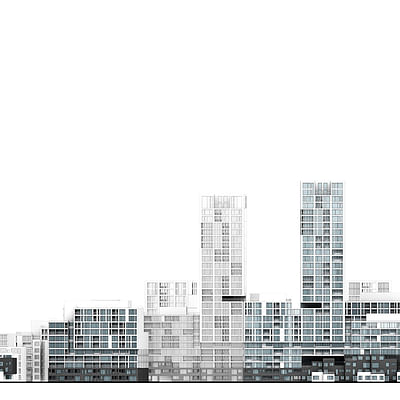
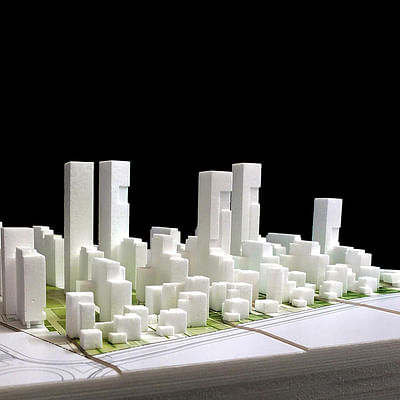
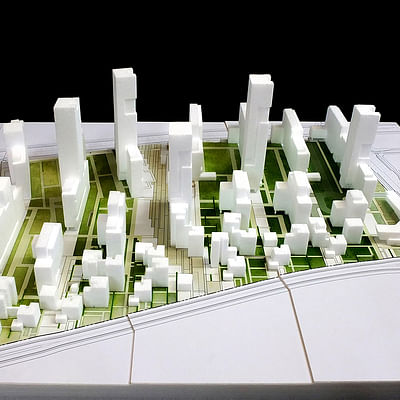

Share
0 Comments
Comment as :